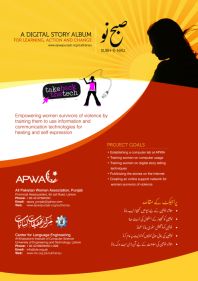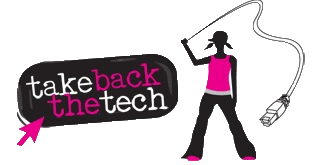As reported in the 2009, Violence against Women in Pakistan report, published by Aurat Foundation, VAW in its differing forms has become a nationwide issue, cutting across all cultures, provinces, social and age groups. Gender inequalities perpetuated by the unequal power relations between men and women and dominant gender norms are deemed to be the root causes of such violence.
The Gender Gap Index 2009 (measuring men and women difference in economic participation and opportunity, educational attainment, political empowerment and health and survival) depicts large gender disparities in South Asia particularly Pakistan, which has the 132 biggest gap among 134 countries. Pakistani Government has identified VAW as a paramount issue that must be addressed to end discrimination at all social levels enabling women to exercise their rights in attaining social and economic equality. One positive difference sustaining hope is the manifest addition to cases being reported by women. A bold and vocal media has been the key to this development.
Even with the increasing role of the media in creating awareness on violence against women, there is still a need to directly empower survivors of violence against women (VAW) with digital tools to express themselves more strongly. ICT is a powerful tool that can be used strategically by survivors themselves to voice their own stories, and to make them available to a wider audience in order to trigger action and change.
ICTs can be used as a powerful tool in struggling for violence against women by facilitating the positive transformation of gender roles. ICTs have been effectively used to disseminate legal information and to offer support to VAW survivors by establishing connections for strengthening their agency. However women must be trained to effectively use the ICTs and reclaim control over technology for its potential to transform power relations and safe use of ICTs that respects women's rights, freedom of expression and the rights to information and privacy particularly in the case of those benefiting from the misuse of women image.




